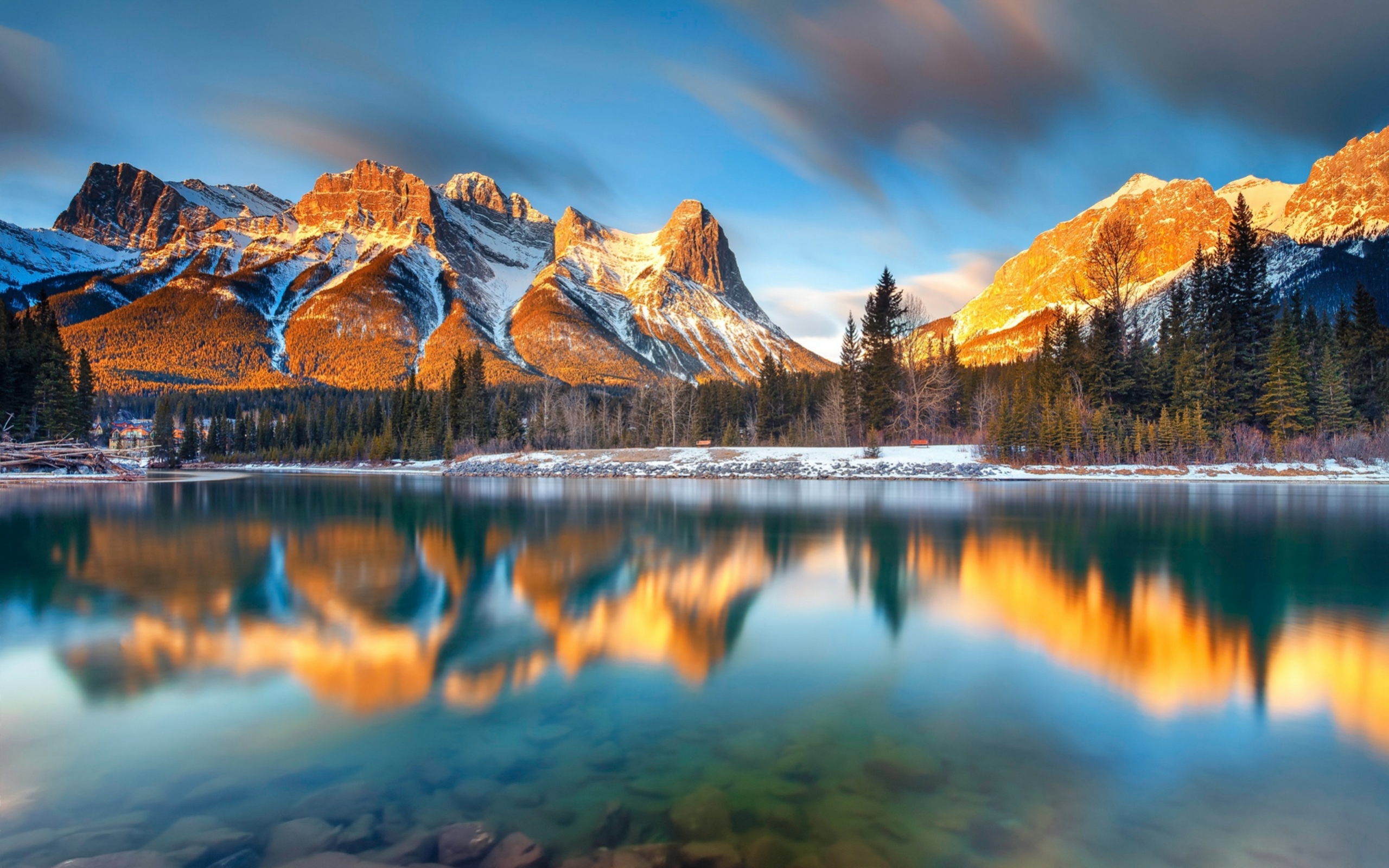Bear Safety: Bear Aware
Bear Aware: the complete guide to bear safety in the Canadian Rockies.

The Boss of Banff
Having a bear encounter in the wild is absolutely amazing, they are majestic and it is definitely a rare and special experience. However, although it is an exciting moment, they are still wild animals and bear behavior can sometimes be unpredictable. To ensure both your safety and the well-being of these incredible creatures, understanding and practicing bear safety is paramount. Whether you’re an avid hiker, a casual camper, or simply living in or visiting bear country, here’s a comprehensive guide to staying “bear aware.”
Understanding Bear Behavior
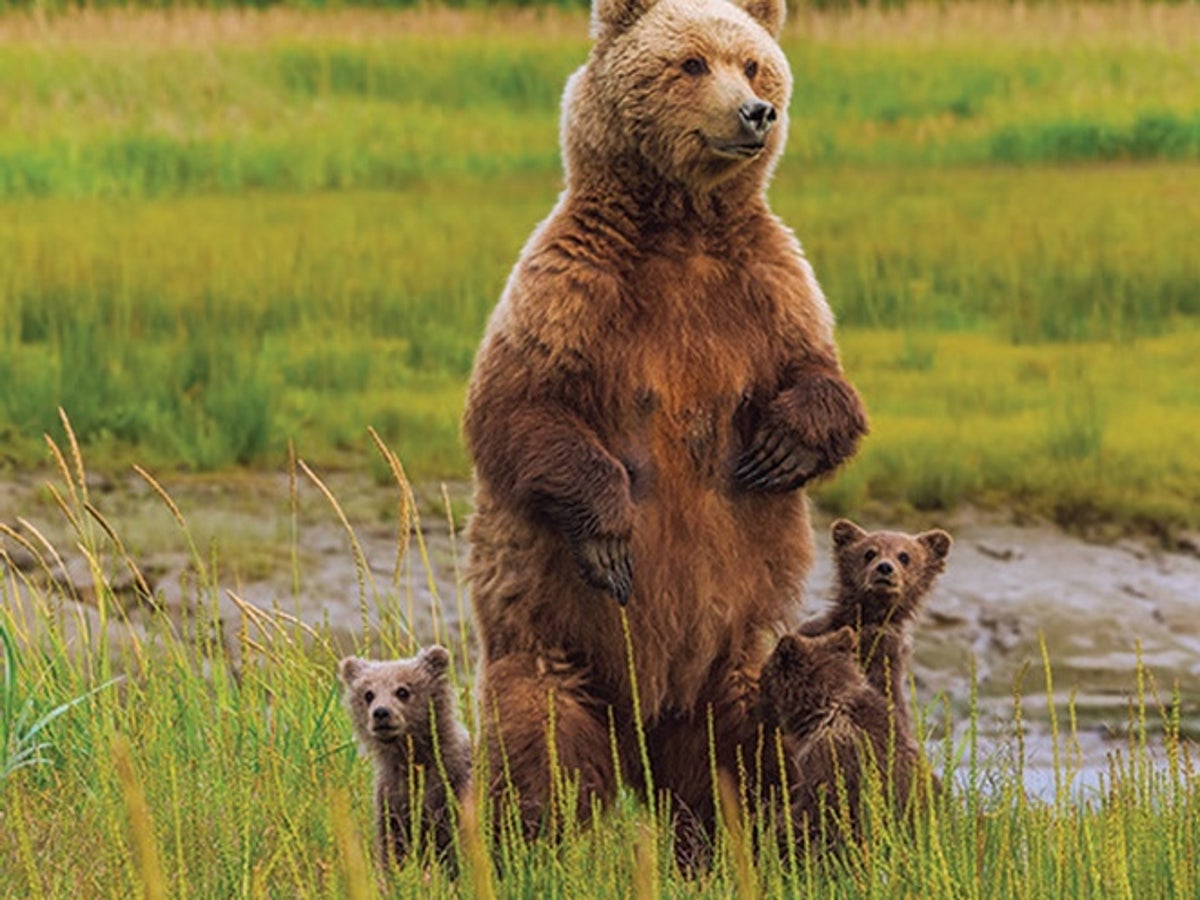
Just like humans, bears have different personalities and reactions, some are more tolerant than others. Food is their primary motivator and they are driven by their need to find food. This is why proper food storage is crucial. Bears are more likely to react defensively when protecting their cubs, food, or personal space. Surprise encounters are often the most dangerous, as a startled bear may react aggressively.
Before entering Bear Territory

Being prepared when entering bear country is very important. Carrying bear spray that is in a position for immediate access is crucial, do not carry it in a backpack in case of emergency use. Travelling in groups will reduce the likelihood of an encounter. Dusk and dawn are the times when bears are most active, so avoid these times. If you are planning to bring a dog, be sure to keep it on a leash at all times. When camping, ensure that you bring bear proof bags for food storage to avoid a surprise appearance from these big fur balls.
Avoidance is Better than an Encounter

What to do in an Encounter
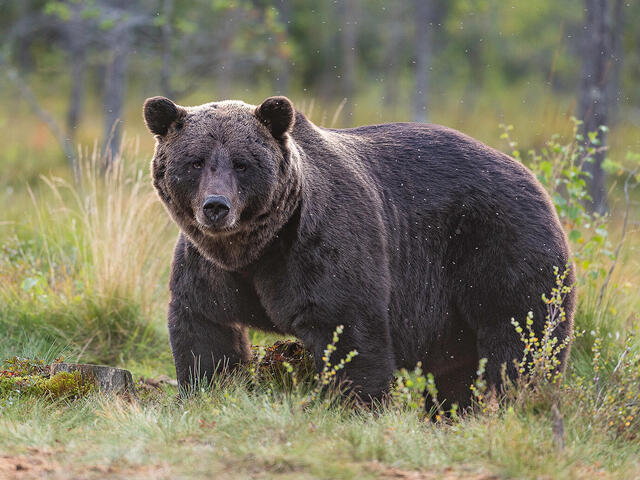
- Stay calm, panicking can often escalate a situation.
- Speak in a calm voice and slowly back away, be sure to check your surroundings for cubs or food and make sure you avoid both.
- NEVER run from a bear as it will trigger their natural instinct to chase you. They will also outrun you as they can run as quick as a horse.
- Raise your arms above your head and make yourself look as big as possible, move to higher ground.
- Do not maintain eye contact as they perceive this as a threat.
- Don’t climb up a tree as bears are excellent climbers.
- Bears will often bluff charge you. If they charge stand your ground and have bear spray ready. Never run from a charge.
- Recognize the signs of an attack. Defensive encounters are the most common attacks and occurs when a bear feels threatened. Behavior includes: snapping its jaws, huffing, woofing, flicking its ears back, swatting the ground and bluff charging.
- In the case of a predatory attack, behavior is very different. Behavior includes: staring, circling around you, remaining quiet, approaching in a silent manner.
In Case of Attack
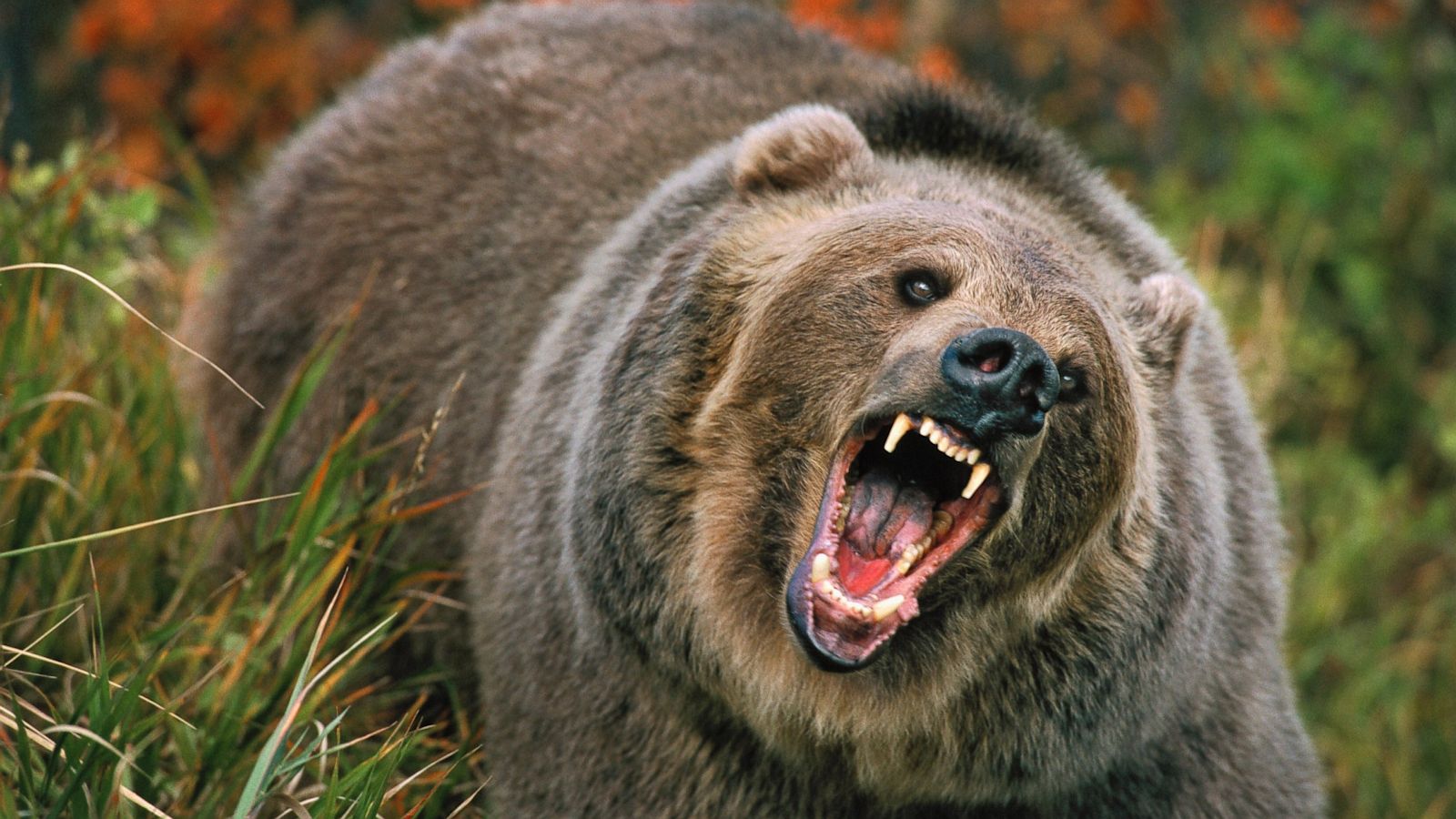
Recognizing whether the attack is defensive or predatory is crucial in the response you should take.
Grizzly Bears:
- If attack is defensive, use bear spray. In case of contact, play dead. Cover the back of your neck with your hands, lie on your stomach and keep your legs spread to make it hard for the bear to flip you. Defensive attacks are short so once attack is done, remain quiet and don’t move until the bear has left the area. If biting occurs and attack is prolonged, it may have turned predatory.
- If attack is predatory, pick up rocks or sticks to use as weapons and aim for their eyes, face and nose. Fight back as forcefully as you can. If you can, try to escape. Do everything in your power to deter the bear from continuing the attack.
Black Bears:
- Don’t play dead with a black bear. Where possible, escape to a car or building. If not, fight back using any object available and aim for the face, eyes and nose.
Know your Bears
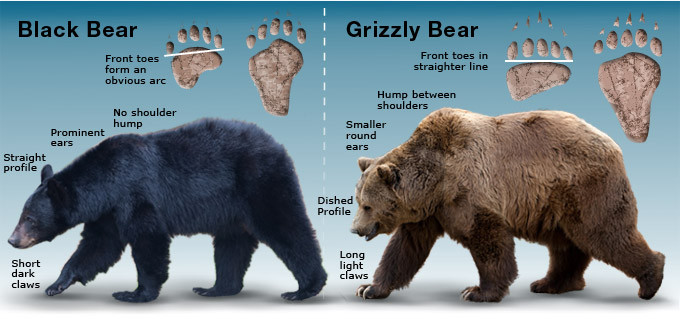
There are two different types of bears in Canmore and Banff. The black bear and the grizzly bear. Believe it or not, the colour of the coat isn’t reliable in identifying bears. Both species have a range of different colored coats. One of the most prominent differences is the shoulder hump on a grizzly. The shoulders are the highest point on a grizzly and a black bear has no shoulder hump. Grizzly’s also have a rounder face with smaller rounder ears whereas a black bear has a straighter face and larger, pointed ears. It is important to distinguish the type of bear as different approaches are used.
Living in Bear Country

Whether you’re visiting or you live here, even at home you need to be bear aware. Never leave garbage lying around outside, always dispose in a bear proof bin, and NEVER leave food out for wildlife. Keep compost bins inside, remove any bird feeders from your yard and think twice before you think of planting any fruit trees as it is likely our 4 legged friends will wonder in your yard looking for a snack. Clean barbecues as the smell of your cook up can attract bears.
You are now fully equipped with all the necessary information on bear safety! We also offer complimentary bear spray as a part of our premium upgrade option, feel free to have a look at our terms and conditions as well as our properties for more information.



